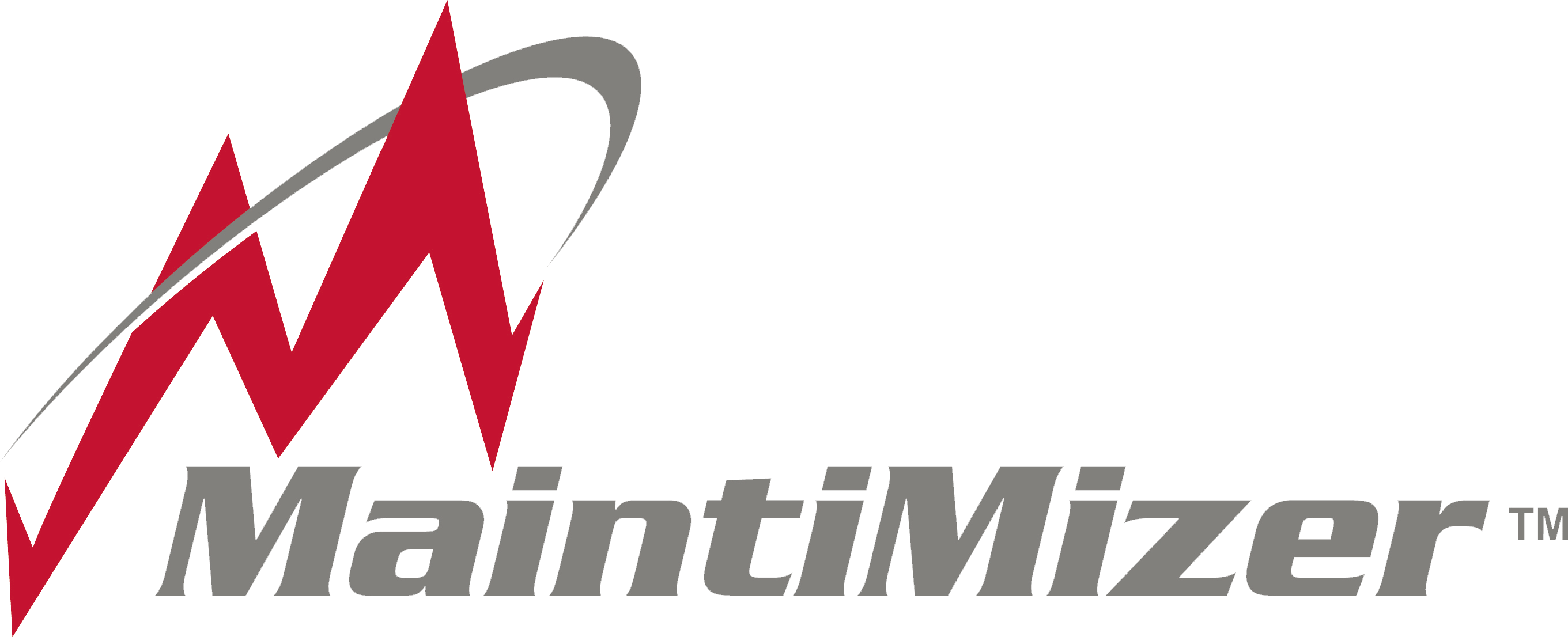We recently found a great article about best practices in Factory Maintenance, check it out at EET-Asia:
It is possible to establish best practices in production factory maintenance but to achieve this requires the great effort from electronics original equipment manufacturers (OEMs). What makes this goal so difficult and why are manufacturers still running at a reactive model?Many blame it on the age of their manufacturing assets and the repairs they require. More blame goes to not stocking the critical (and expensive) spares needed to sustain production. And still more can be blamed to today’s fast-paced manufacturing that doesn’t allow for proper planning or time management. So what steps would be needed to reach world-class maintenance in this reactive environment? Here are nine easy steps to better maintenance practices for Factory Maintenance:
Step 1
The first step of any journey to best practices is to gather as many data as possible on machine downtime, meantime between failure, parts spend, tech utilization, technician response time and percentage of deliveries made on time. With this, you can begin to calculate the average cost of one hour of downtime.
Step 2
Given your estimate on the average cost of one hour of downtime you can then begin to monetize the effect of maintenance on production. By making some simple assumptions (based on the cost of one hour or downtime), how much would an improvement of only 5 per cent in machine availability be worth to your operation? Although it seems like a small amount, a 5 percent improvement can provide remarkable results.
Step 3
Now look through the variables in your operation. How much more savings would be possible by initiating a plan for critical spares? What effect would increased response time have on providing more machine availability? How would a work order system improve uptime?
Step 4
As you analyze these variables you will start to see opportunities to add more value abound. Now it’s time to invest. Adding a Computerized Maintenance Monitoring System (CMMS) will have a monumental effect on virtually all your variables. That’s because a CMMS system will provide work order information; it will also increase technician response time which lowers your mean time to repair, which also reduces the amount of downtime.
Step 5
Now that you are inputting work orders through the CMMS, every manufacturing asset in you operation is shown at the touch of a computer screen. Critical parts and spares can be tracked. Preventative maintenance (PMs) can be scheduled and checklists generated.
Step 6
Moving from reactive requires planning for your technician’s time as well as planning for having the right part at the right time. That’s why introducing a schedule planning function can be one more way to drive out downtime by maximising machine PMs. Maintenance
Step 7
So now we are moving from a reactive model to a more proactive model. But where do we go next? Introducing predictive tools. Along with a good PM checklist, it’s important to develop a predictive PM checklist as well. Electrical equipment should have a thermography PM included to look for the overheating issue. Rotating equipment should be scheduled for vibration analysis. And airlines need ultrasound scanning for air leaks.
Step 8
So where do we go after predictive? Total Productive Maintenance (TPM) takes the maintenance to the next level by involving the operator. No one knows the day-to-day operation of a manufacturing asset better than the operator. So why not provide some simple ways that the operator can assist with maintenance? These could be a simple as installing sight gauges to monitor fluid levels or cleaning and repainting the asset to make leaks or malfunction more visible.
Step 9
Now we are on the road to reliability. Reliability Centered Maintenance (RCM) puts it all together. Through this concept, your operation becomes more experiential. Individual machines are no longer brought down for scheduled PMs on a scheduled basis; rather they are run to the threshold of failure to assure the most productivity possible. In some cases, run to failure is permitted based on cost and mean time to repair.
Factory Service Center.
– Jeffrey Owens
EBN

